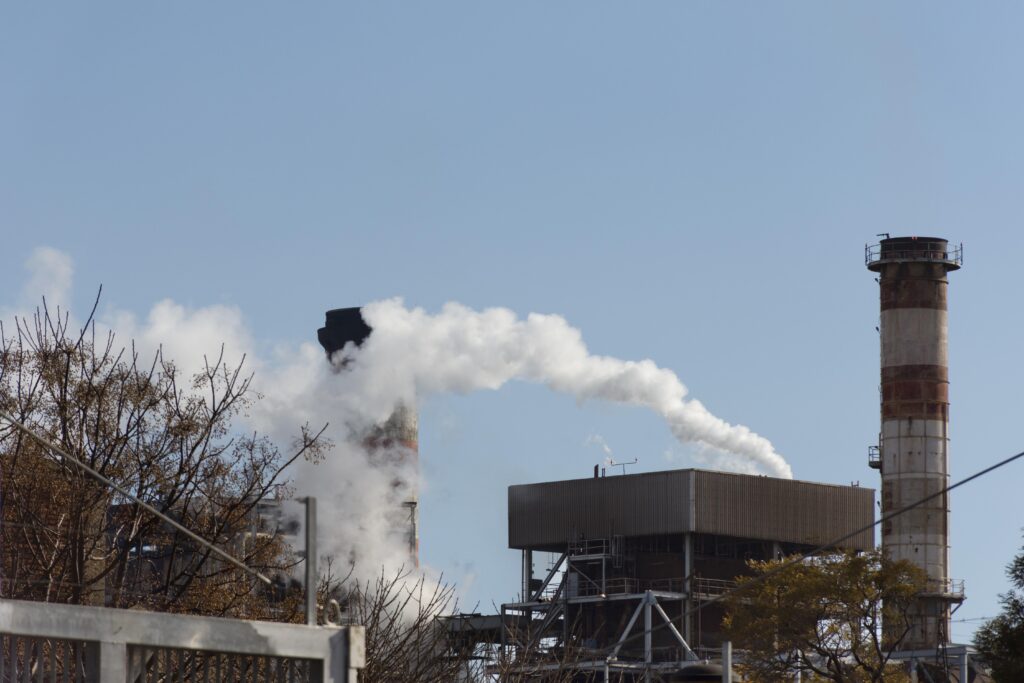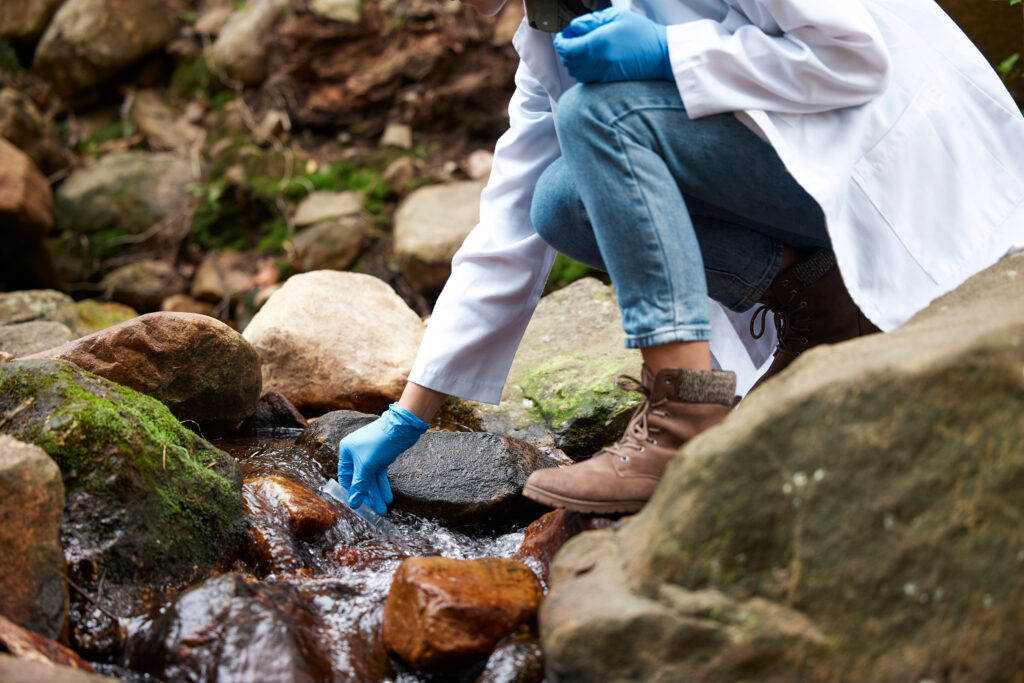What Strategies Are Essential For Mastering PFAS?

People are deeply concerned about PFAS for several compelling reasons. Firstly, these substances are incredibly persistent in the environment, earning them the moniker “forever chemicals.” This persistence means that once released into the environment, PFAS can remain for extended periods without breaking down, posing long-term risks to ecosystems and human health. Secondly, PFAS have been found to bioaccumulate in living organisms, meaning they accumulate in the tissues of animals and humans over time, potentially leading to harmful health effects. Additionally, PFAS have been linked to various adverse health outcomes, including developmental delays, reproductive issues, immune system dysfunction, and certain cancers.
Moreover, it’s practically impossible to avoid exposure to PFAS, with approximately 97% of Americans found to have PFAS in their bloodstream, according to national health authorities. Given their widespread use in industrial processes and consumer products, as well as their ubiquitous presence in the environment, the potential for exposure to PFAS is a significant concern for communities worldwide. As a result, regulatory agencies, policymakers, and industries are increasingly prioritizing efforts to monitor, regulate, and mitigate the impact of PFAS contamination.
In an era where environmental consciousness is paramount, addressing per- and polyfluoroalkyl substances (PFAS) has become increasingly crucial. To effectively manage and mitigate PFAS risks, organizations must implement comprehensive programs. Here’s a strategic roadmap comprising five essential steps to ensure PFAS program success:
Step 1: Self-Assessment and Audit
The first step in any successful PFAS program is to conduct a thorough audit of your organization’s operations, processes, and products. This audit involves identifying areas where PFAS might be present or used, including manufacturing processes, supply chains, and product formulations. By understanding the scope of PFAS usage within your operations, you can better assess potential risks and develop targeted mitigation strategies.
Step 2: Collaboration with Suppliers
Collaboration with suppliers is integral to a strong PFAS program. Engage with your suppliers to gather information about the presence of PFAS in raw materials and components they provide. Establish clear communication channels to exchange data, specifications, and compliance requirements related to PFAS. By fostering transparency and collaboration throughout your supply chain, you can effectively manage PFAS risks and drive collective action towards safer alternatives.
Step 3: Strategic Response to PFAS Discovery
Inevitably, during the audit process, you may uncover the presence of PFAS in your products or processes. In such cases, it’s crucial to develop a strategic plan for remediation and risk reduction. This may involve substituting PFAS-containing materials with safer alternatives, implementing engineering controls to minimize PFAS emissions, or redesigning processes to eliminate PFAS use altogether. By proactively addressing PFAS contamination, you can mitigate potential liabilities and safeguard public health and the environment.

Step 4: Redesign Challenges and Solutions
Redesigning products or processes to eliminate PFAS can be a complex undertaking, requiring careful planning and execution. Expect challenges such as sourcing alternative materials, optimizing performance without compromising functionality, and ensuring regulatory compliance. Collaborate closely with internal stakeholders, suppliers, and experts in materials science and engineering to navigate these challenges effectively. Embrace innovation and creativity to develop sustainable solutions that align with your organizational goals and values.
Step 5: Comprehensive Documentation and Transparency
Documentation is key to the success of your PFAS program. Maintain comprehensive records of your audit findings, remediation efforts, and ongoing monitoring and compliance activities. Documenting your actions not only demonstrates regulatory compliance but also facilitates continuous improvement and accountability.
Step 6: Implement Monitoring and Testing Protocols
Identify PFAS sources, apply remediation, redesign, then establish rigorous monitoring and testing protocols for sustainability. Create a thorough strategy to routinely monitor PFAS levels in air, water, soil, biota, and end products. Utilize state-of-the-art analytical methods to detect and quantify PFAS concentrations accurately. Regular monitoring detects contamination early, aids compliance, and assesses mitigation effectiveness with valuable data, ensuring regulatory adherence and safety.

Step 7: Continuous Education and Training
Maintaining a successful PFAS program requires ongoing education and training for employees at all levels of the organization. Provide comprehensive training sessions to increase awareness of PFAS hazards, regulatory requirements, and best practices for mitigation and management. Equip staff to recognize PFAS risks, respond to emergencies, and enhance the PFAS program through continuous learning and development. Promote environmental stewardship and accountability, ensuring all recognize their role in reducing PFAS impacts, striving for environmental excellence.
How Rhythm can help
Rhythm Innovations offers proactive solutions to address PFAS regulations. Our comprehensive approach ensures compliance, mitigates risks, and streamlines reporting. Whether you’re tracking PFAS usage or redesigning products, we’ve got you covered. Let us guide you through the complexities of PFAS compliance, safeguarding your business and reputation. Reach out for personalized guidance and custom demos today. Learn more about PFAS here.





